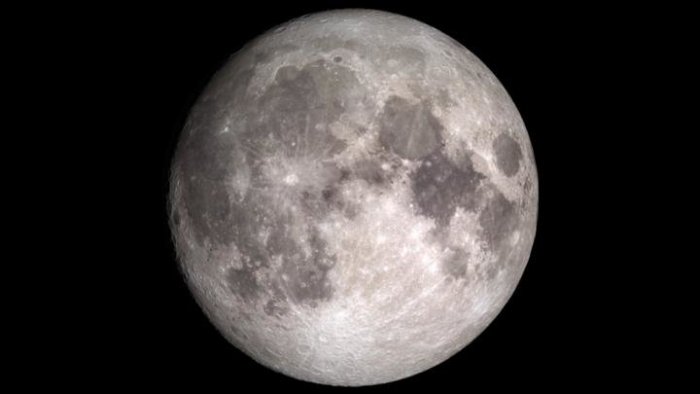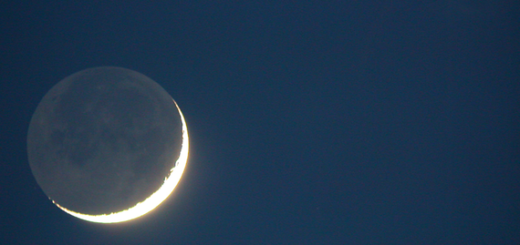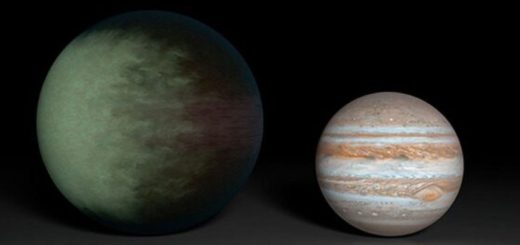Moon’s Water Is Widely Distributed Across The Surface But Not Necessarily Easily Accessible
The Moon’s water is widely distributed across the surface, is present day and night and is not confined to a particular region or type of terrain, according to a new analysis of data from two lunar missions.
However, it’s not necessarily easily accessible.

If the Moon has enough water, and if it’s reasonably convenient to access, future explorers might be able to use it as a resource. Credit: NASA’s Goddard Space Flight Center
The findings could help researchers understand the origin of the Moon’s water and how easy it would be to use as a resource. If the Moon has enough water, and if it’s reasonably convenient to access, future explorers might be able to use it as drinking water or to convert it into hydrogen and oxygen for rocket fuel or oxygen to breathe.
“We find that it doesn’t matter what time of day or which latitude we look at, the signal indicating water always seems to be present,” said Joshua Bandfield, a senior research scientist with the Space Science Institute in Boulder, Colorado, and lead author of the new study published in Nature Geoscience.
“The presence of water doesn’t appear to depend on the composition of the surface, and the water sticks around.”
The results contradict some earlier studies, which had suggested that more water was detected at the Moon’s polar latitudes and that the strength of the water signal waxes and wanes according to the lunar day (29.5 Earth days). Taking these together, some researchers proposed that water molecules can “hop” across the lunar surface until they enter cold traps in the dark reaches of craters near the north and south poles.
NOTE: In planetary science, a cold trap is a region that’s so cold, the water vapor and other volatiles which come into contact with the surface will remain stable for an extended period of time, perhaps up to several billion years.
The main evidence has come from remote-sensing instruments that measured the strength of sunlight reflected off the lunar surface. When water is present, instruments like these pick up a spectral fingerprint at wavelengths near 3 micrometers, which lies beyond visible light and in the realm of infrared radiation.
The new finding suggests that it may be present primarily as OH, a more reactive relative of H2O that is made of one oxygen atom and one hydrogen atom. OH, also called hydroxyl, doesn’t stay on its own for long, preferring to attack molecules or attach itself chemically to them.
Hydroxyl would therefore have to be extracted from minerals in order to be used. The research also suggests that any H2O present on the Moon isn’t loosely attached to the surface.
“By putting some limits on how mobile the water or the OH on the surface is, we can help constrain how much water could reach the cold traps in the polar regions,” said Michael Poston of the Southwest Research Institute in San Antonio, Texas.
Sorting out what happens on the Moon could also help researchers understand the sources of water and its long-term storage on other rocky bodies throughout the solar system.



 Creators of mankind
Creators of mankind Description of “Tall white aliens”
Description of “Tall white aliens” Where they came from?
Where they came from? About hostile civilizations
About hostile civilizations The war for the Earth
The war for the Earth “Tall white aliens” about eternal life
“Tall white aliens” about eternal life Video: “Nordic aliens”
Video: “Nordic aliens” Aliens
Aliens Alien encounters
Alien encounters The aliens base
The aliens base UFO
UFO Technology UFO
Technology UFO Underground civilization
Underground civilization Ancient alien artifacts
Ancient alien artifacts Military and UFO
Military and UFO Mysteries and hypotheses
Mysteries and hypotheses Scientific facts
Scientific facts


















